
Dave Flanagan, author of new bouldering skills book Bouldering Essentials, shares some tips for tackling tricky top-outs...
The process of getting established on the top of a problem is known as topping out. At the gym you usually jump or downclimb from the final holds, but at most outdoor areas a problem isn't considered finished until you are standing on top of the boulder or cliff. Topping out by definition is the final act of climbing a problem. You are often pumped and high off the ground so it isn't the ideal time to experiment with the finer points of technique. Many climbers struggle on top outs, especially those who haven't had much experience of bouldering outdoors. Certain rock types such as sandstone, gritstone and granite tend to form rounded and featureless boulders which are notorious for their nasty topouts, in these areas even relatively easy finishes can feel strenuous, insecure and scary if your technique is rusty. Mantling is the most commonly used topping out technique but if the top is rounded and lacks good holds you may need to rockover onto your heel. If nothing else works, the very last resort is to do a 'beached whale', this involves flopping over the top onto your stomach and kicking your feet and wriggling your body until you can stand up. It isn't a very effective or elegant technique, but it's guaranteed to entertain onlookers and terrify your spotters.
MANTEL
Mantling is a method of getting from hanging from a feature to standing on it, without help from any higher holds. Mantels rely mostly on the arms whereas rockovers use the big muscles in the legs to generate upward movement. Mantels are commonly encountered when topping out, but may also be required mid-problem on ledges or large flat holds. The approach is similar but the rock above the ledge can make it difficult to lean in and transfer your weight onto your palms.
Step 1: Once you reach the lip decide which hand you are going to palm down with first. If one side
of the lip is higher or more positive choose that hand, otherwise, use your preferred hand. Place one
foot high enough so that your waist will be level with your hands when you stand up.
If possible combine steps 2 and 3 into one smooth motion.
Step 2 : Simultaneously pull your shoulders towards the lip and stand up on the high foot hold. As
your shoulders rise above the lip rotate your chosen hand so its fingers face the other hand and your
palm is flat on the rock. At this stage your arm will be sharply bent with your elbow pointing up in
the air.
Step 3 : Straighten the bent arm and as soon as possible rotate your other hand so the fingers of each
hand face each other. Keep pressing until both arms are straight.
Step 4 : Bring a foot onto the lip and lean forward to shift weight onto it. Move your inside hand
forward and bring the other foot up.
ROCKOVER
A rockover is when you place a foot on a high foot hold and stand up on it by pressing hard with the legs while your arms keep you in balance. Rockovers require powerful leg muscles (strengthen them with squats or pistols), balance and coordination. They aren't used exclusively for top outs and are very common on vertical and slabby ground.
Some rockovers must be done very slowly, pressing inch by inch, while others are easiest if they are done quickly, almost like the start of a dynamic move.
Step 1 : Place your foot, usually the toe but sometimes the heel, on the high foot hold. Get your
hands as high as possible.
Step 2 : With help from your arms transfer your weight onto the higher foot hold.
Step 3 : Smoothly press with your leg and push down on the hand holds, usually the hardest part is
getting the movement started. Your lower foot will leave its hold and in some situations, especially
very slow grinding rockovers, it can be helpful to drag it against the rock as a sort of ratchet to
ensure you don't lose any ground.
HEEL ROCKOVER
Blank, rounded or undercut top outs are best tackled with an approach that combines elements of rocking over and mantling. These features aren't too bad if tackled decisively with good technique but if you lose your nerve midway things can get messy. As the angle of the rock kicks back it becomes harder to see so it can be well worth inspecting the top from above and noting any useful holds. You could mark really hard to see holds with a little dot of chalk but make sure you brush it off when you are finished.
Step 1 : Start with your feet high, level with your waist if possible, and bend your arms enough to
allow you to get a heel hook on the lower side of the lip.
Steps 2,3 and 4 should be done in one smooth motion.
Step 2 : Pull hard with your arms and heel while straightening your lower leg. Once your waist is
close to the lip, turn your inside hand (the one on the same side as your heel hook) so that it's
fingers face your other hand and your palm is flat on the rock.
Step 3 : Press down with your palm. As your waist rises above the lip lean forward to transfer more
weight onto your palm. Roll your heel hooking foot forward so that the sole foot is flat.
Step 4 : Straighten both your arms, move your foot closer to your body and bring your other foot
onto the lip. This position is quite precarious so pay close attention to your balance.
Training for topouts
• If your local gym doesn't have any sections where it's possible to practise topouts, focus on problems that require mantels mid-problem.
• Press ups and dips strengthen the pushing muscles such as the deltoids and triceps that are critical for topping out.
• A day spent out on the boulders doing as many top outs as possible will do more for your climbing than a session on the campus board. Seek out low problems with good landings and experiment with the various topping out techniques, gradually increasing the difficulty.
• If you really want to excel on topouts you need to figure out if you have a 'side'. Do you favour pushing down with one arm or high stepping with one foot? The rock will dictate how you must climb and it doesn't care about your preferences so spend time improving your weaker side and you many find yourself doing fewer beached whales.
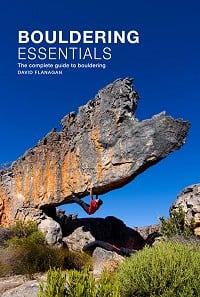
Bouldering Essentials by Dave Flanagan, the complete guide to bouldering, is packed with clear, practical advice for everyone interested in bouldering, beginner or expert. Buy it here.
- Ten Tips For Bouldering Outdoors 15 Jan, 2014
- Ten Tips For Bouldering Indoors 3 Jan, 2014

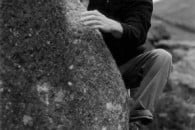

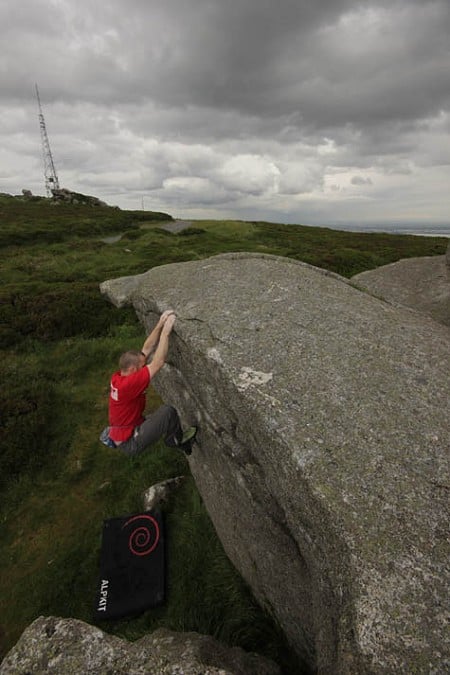
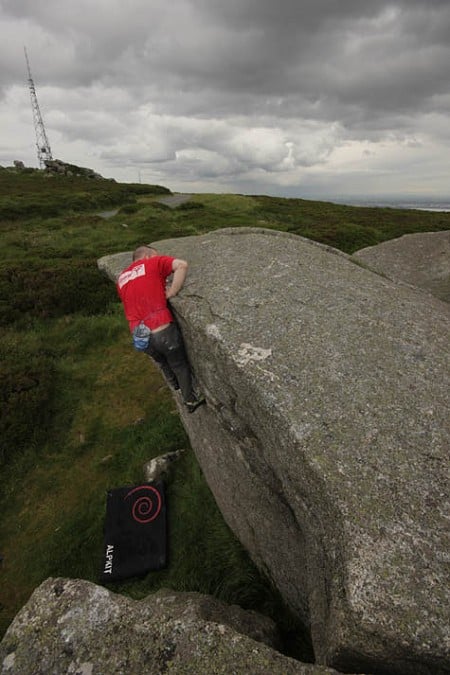
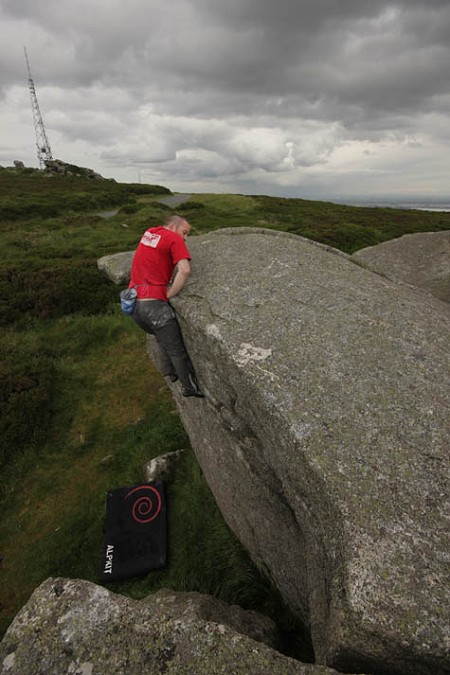
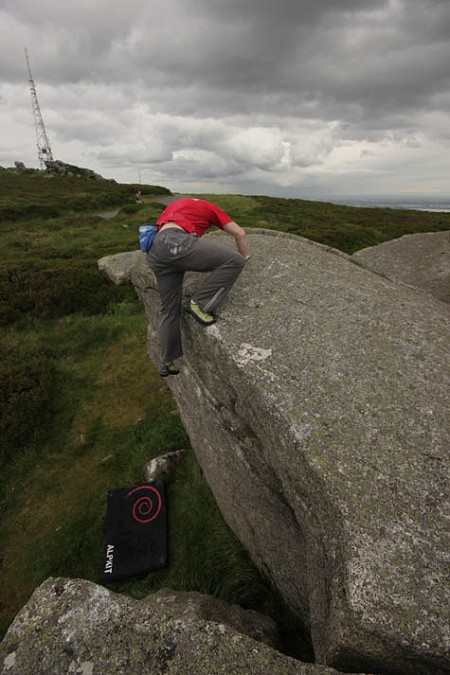
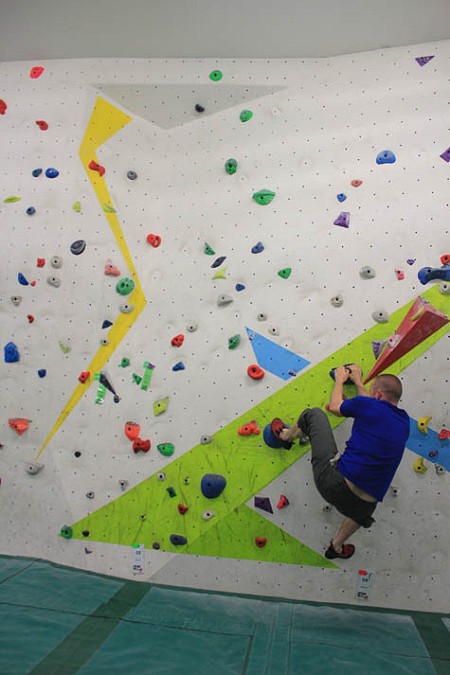
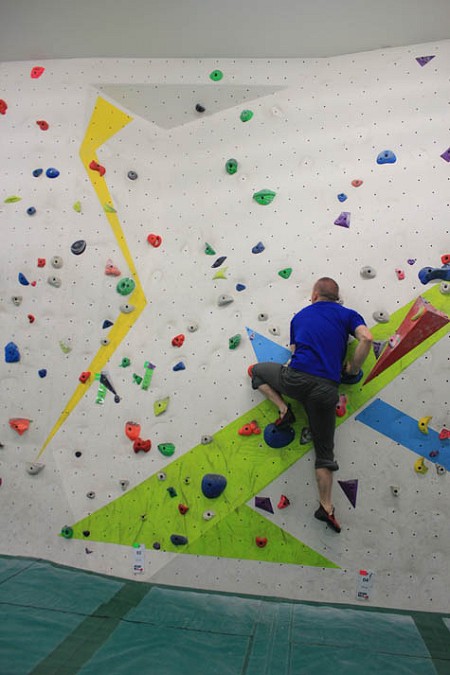
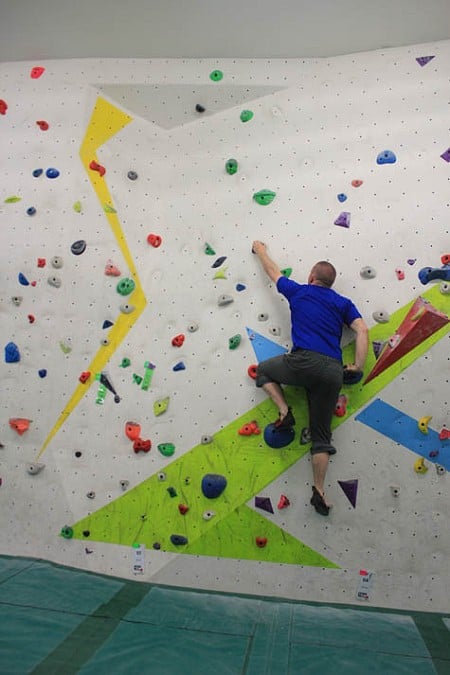
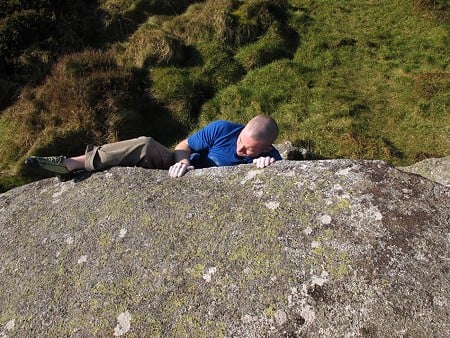

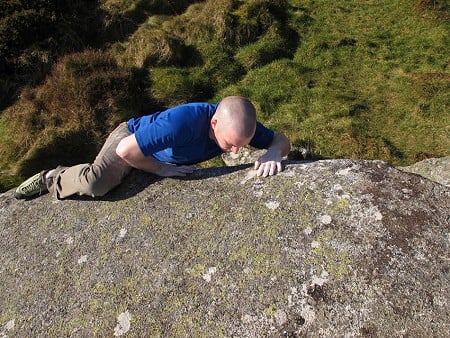
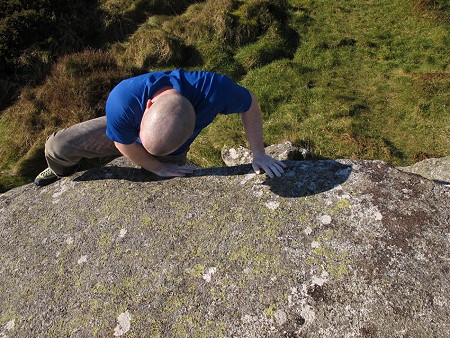













Comments